CD revolutionized music industry 40 years ago
"Today is a momentous day in the history of sound. For the first time, music can sound as pure in the living room as it does in the concert hall: with no background noise from the needle in the groove, dust, scratches or pits." With these words in full-page advertisements, the Compact Disc Digital Audio System was introduced to the European market by Philips on March 1, 1983.
Twenty years after the compact cassette became world standard, Philips had brought another world standard of sound to the market: the compact disc. After an arduous run-up, the small, silver disc conquered the world at a stormy pace and marked the transition from analog to digital music technology.
The beginning
In the early 1970s, Philips developed the VLP (Video Long Play, later known as LaserDisc) optical picture disc. This contained encoded film images scanned by a laser beam. However, the VLP did not become a commercial success due to the advent of the VCR.
Almost immediately after Philips researchers began working on the VLP, the idea of using the same technology to capture sound arose. Research into the possibility of recording audio signals on an optical plate, the Audio Long Play, began modestly in 1974. The research initially focused on an analog version, but starting in 1976 the developers switched to digital because it offered better possibilities. A multidisciplinary project group was formed and gradually expanded.
By 1978, the basic concept of the new audio playback system, based on digital sound recording and optical non-contact scanning using a laser beam, was ready. The name chosen, Compact Disc, referred to the success of the compact cassette. The compact disc, "the music box for the future," was first presented by Philips in March 1979 at an international press conference in Eindhoven, the Netherlands. The first CD player, nicknamed "Pinkeltje" (after a friendly gnome known from Dutch children's stories) played Schubert's symphony "Unvollendete. The message was clear: we are almost there!
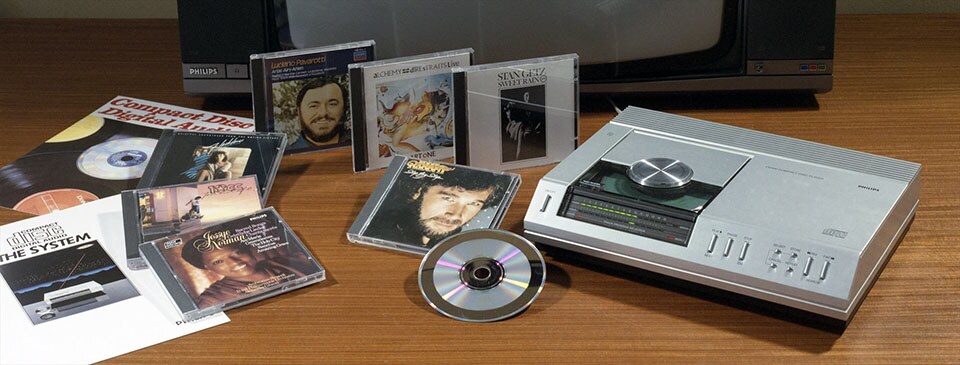
The collaboration
Such a comprehensive system had a chance of global success only if the interchangeability of records and playback equipment from different manufacturers was guaranteed. Philips therefore went in search of a partner to make the compact disc the world standard. After the press conference in 1979, "Pinkeltje" traveled to Japan, because the market for hi-fi equipment was largely in the hands of Japanese companies. In electronics company Sony, Philips found the partner and co-developer of the system. Their experience with digital recording techniques made this company a suitable partner.
A concert hall in the living room
That the compact disc system became a great success was not immediately a foregone conclusion. Large music companies had invested a lot of money in production facilities for records. Consumers also initially reacted reluctantly because of the high costs. However, lovers of classical music were an exception: they were enchanted by the new, superior sound. Silences were also truly "quiet," and absent were "rumble" from record players and the ticking of scratches and dust. With the famous conductor Herbert von Karajan as their CD ambassador, they switched to the new system.
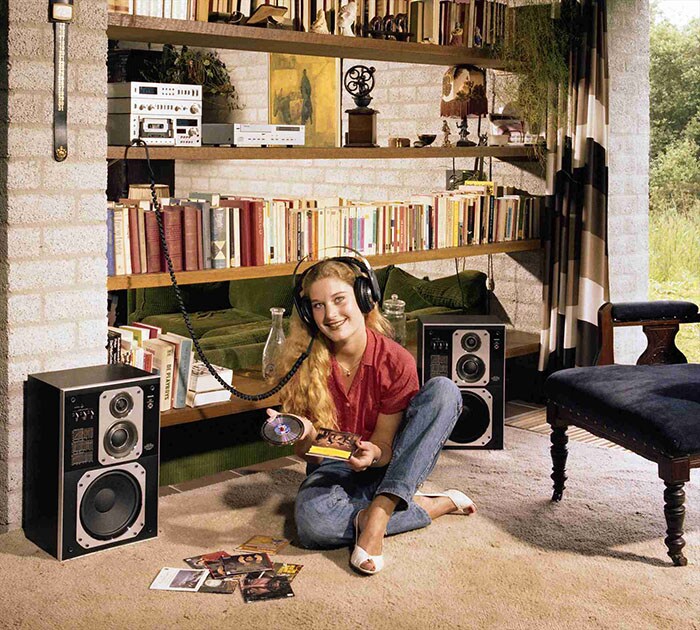
Very attractive to consumers was the ability to easily find and play any track or part of it or program the desired listening order. The existing systems of vinyl record and cassette tape could not offer this. Flipping the record (or tape) was also now a thing of the past.
The Jewel Case
Consumers were not only presented with a brand new sound carrier, but also with innovative packaging. Glass, wood, plastic and many other materials were tried. The ideal packaging was not to be much thicker than the CD itself, and it also had to give the consumer the feeling of a state-of-the-art product. When the first samples were pressed, the product proved almost perfect, giving rise to the name "CD Jewel Case. The familiar cardboard and paper sleeves of LPs and singles were replaced by a clear plastic case. However, tests with consumer panels showed that not everyone knew how to open the case right away. Instructions for opening and closing the Jewel Case were also included.
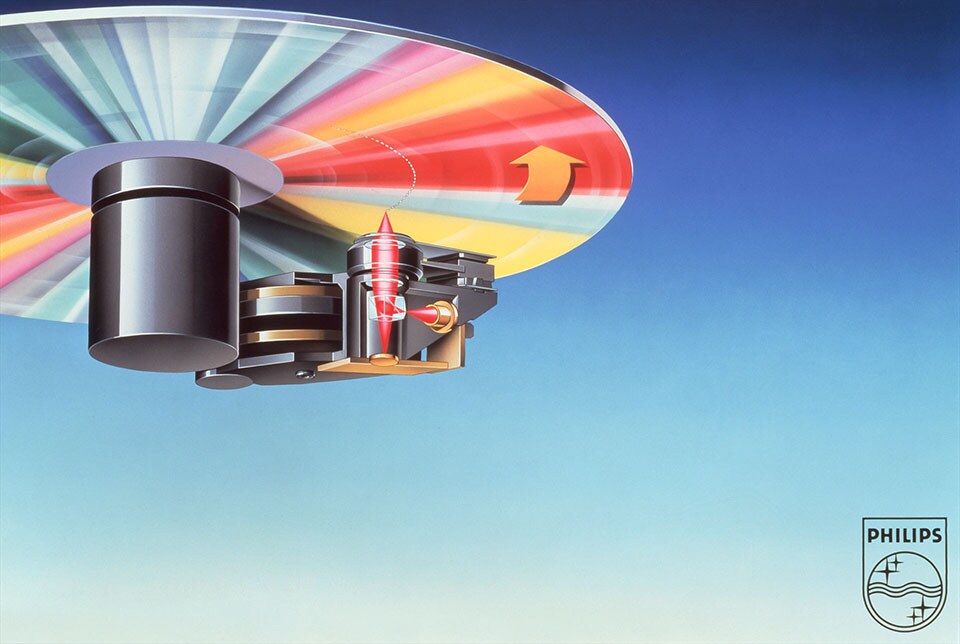
The success story
In addition to classical music, more and more pop music was being put on CD. A worldwide promotional tour, sponsored by Philips, of the rock band Dire Straits in 1985 - with more than one million copies sold of their CD "Brothers in Arms" - caused a breakthrough. More and more music companies were releasing their music on CD.
Sales of the Compact Disc proved to far exceed all expectations. Consumers replaced their record collections en masse with CDs. Before its introduction, Philips and Sony hoped that over ten million CDs would be sold worldwide in 1985, but within one year that was already adjusted to 15 million units. In the end, everyone turned out to be far wrong, as 59 million CDs were sold in 1985 and 136 million in 1986.
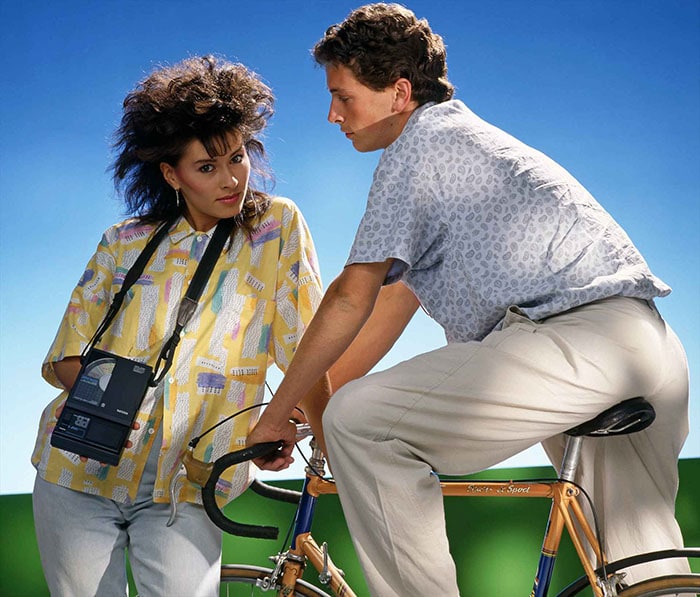
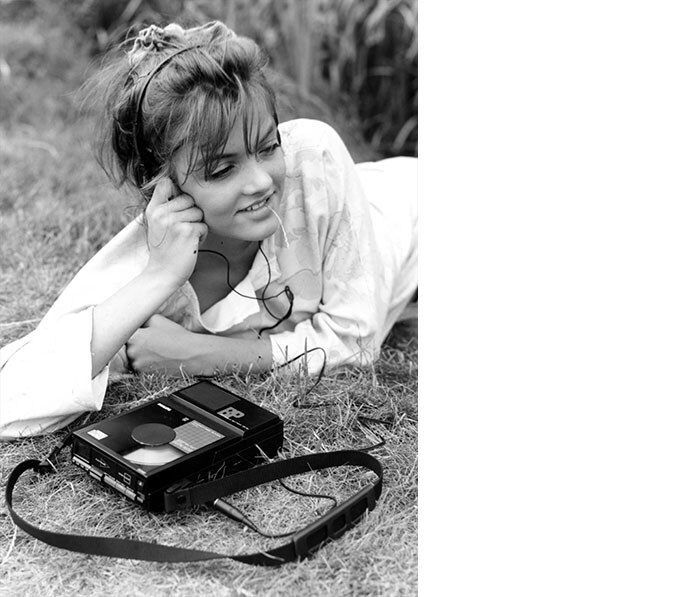
The CD system laid the foundation for other digital optical systems such as CD-ROM, CD-i, CD-RW, DVD and the Blu-ray disc. The digitization of music paved the way for music streaming. Gramophone records, cassette tapes and CDs, however, did not fall into oblivion. In fact, for several years now, they have even been gaining in popularity.
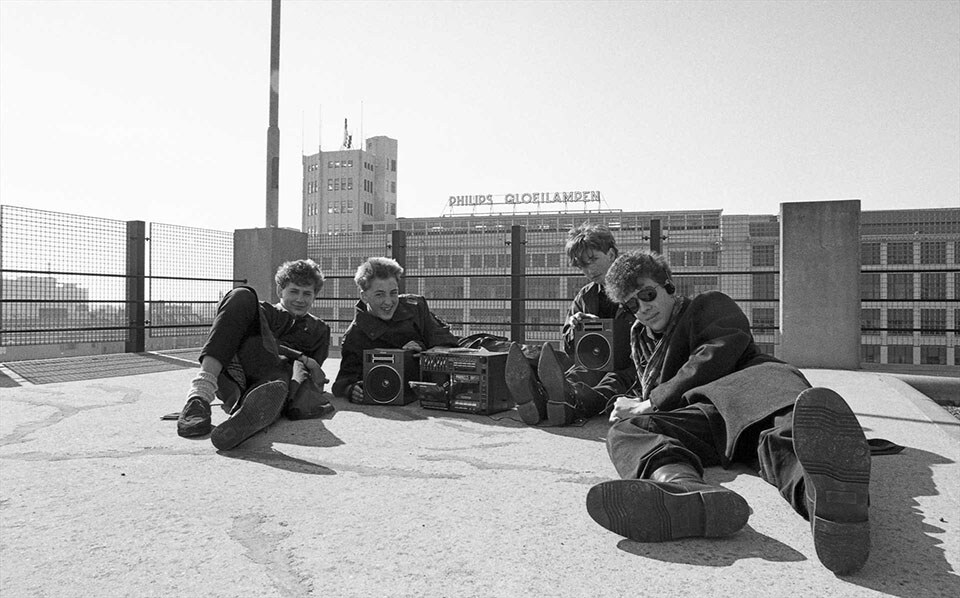
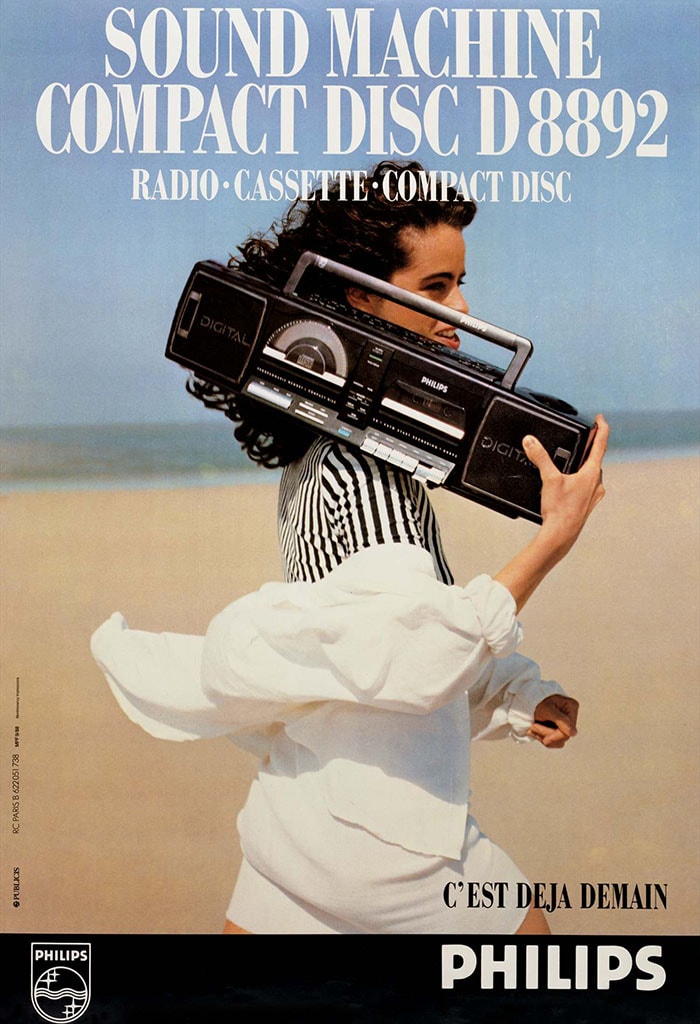

Text by Miriam Lengová, Philips Company Archives.
Copyright: Royal Philips / Philips Company Archives.

